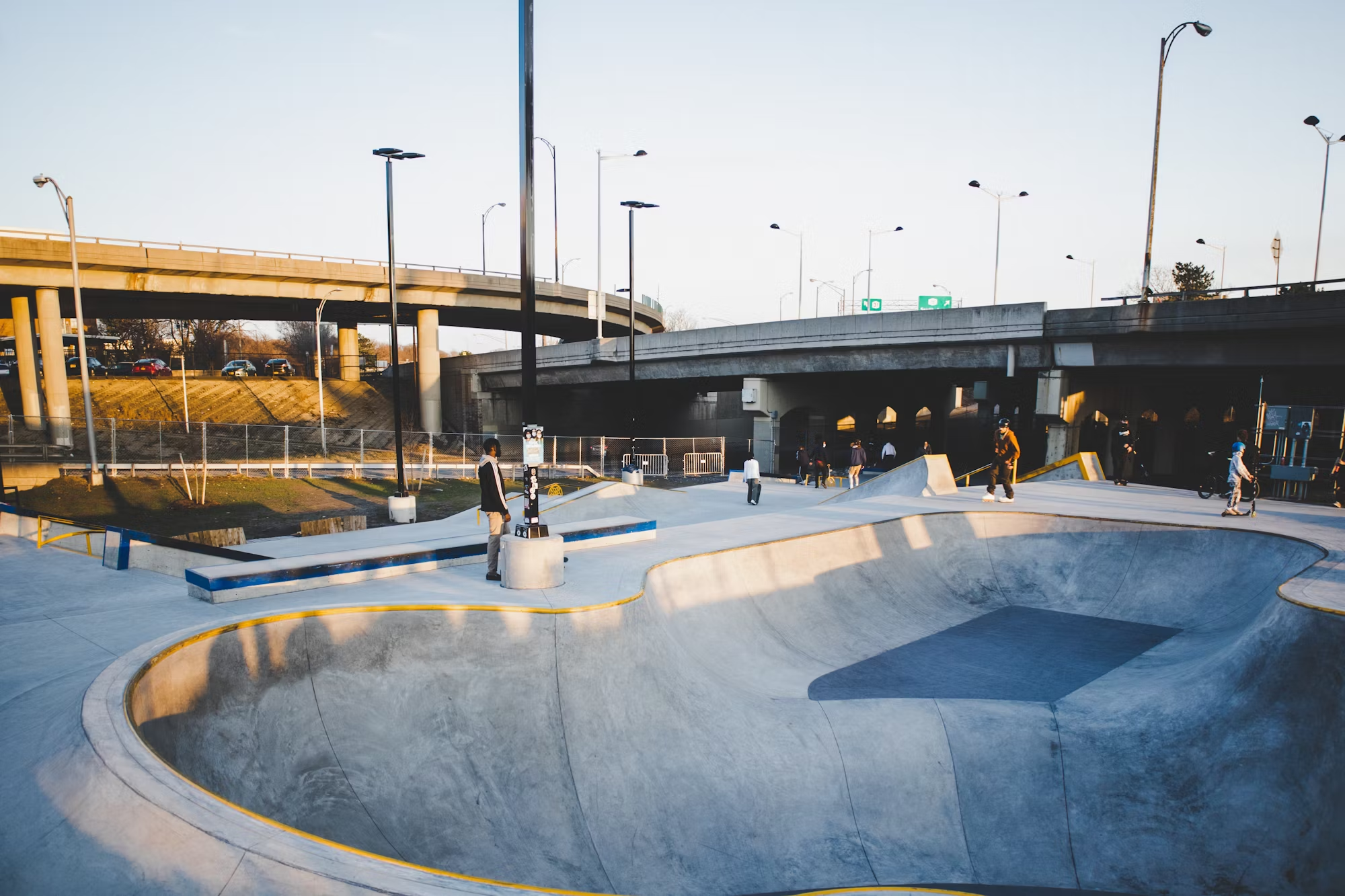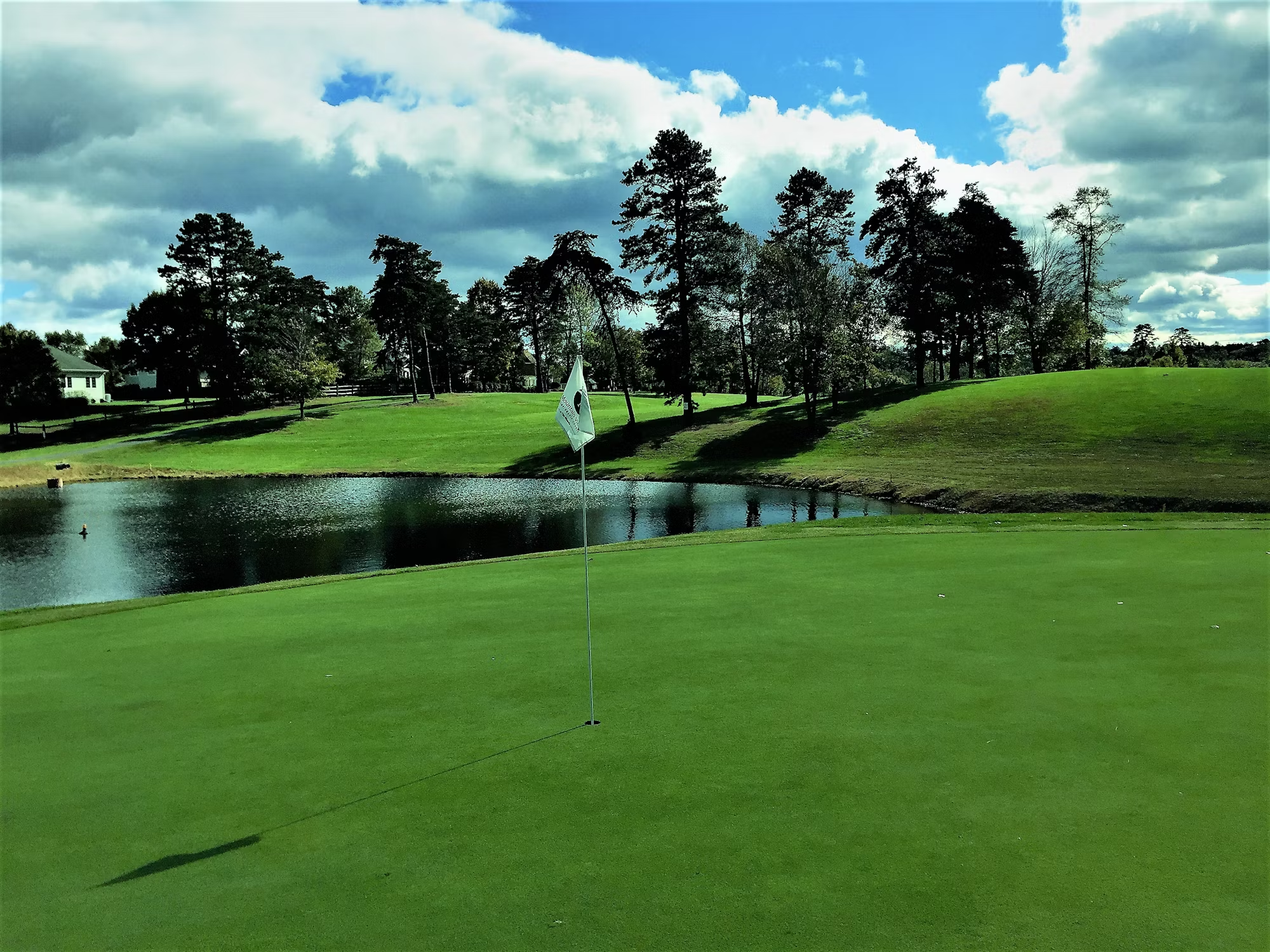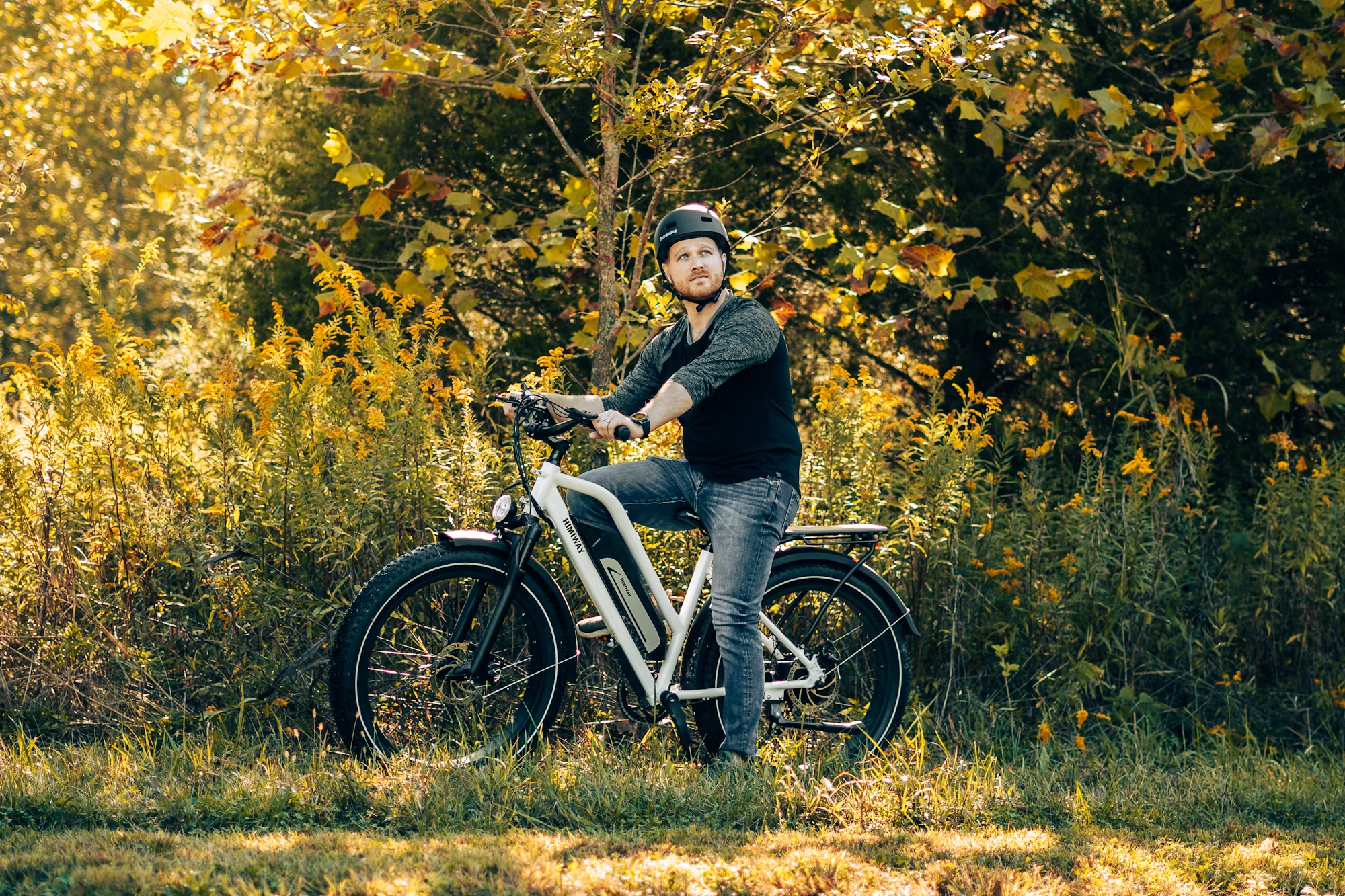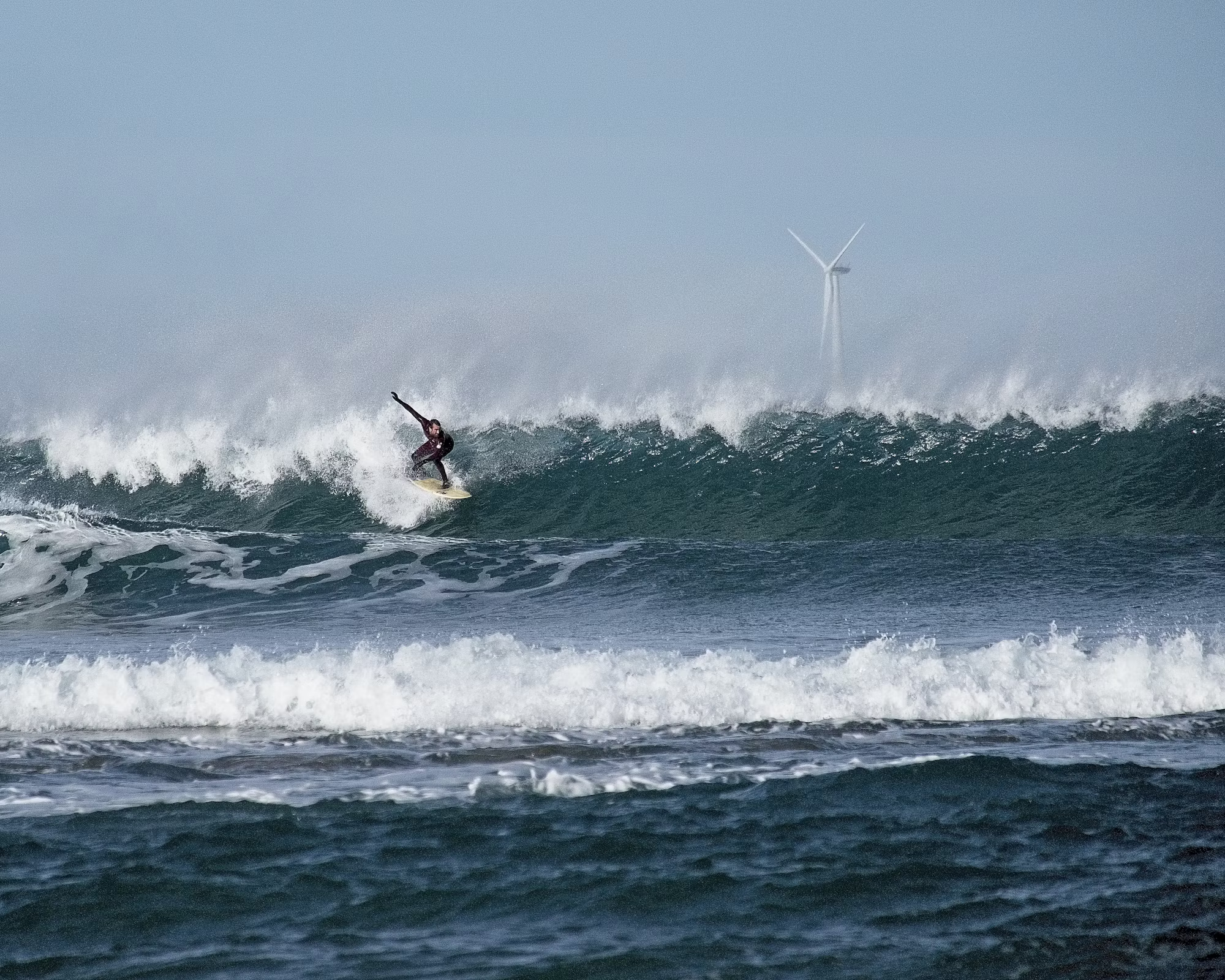Bowl skateboarding is one of the most thrilling and artistic aspects of the sport, providing skaters with the unique opportunity to navigate a smooth, curved terrain that mimics the feeling of surfing on concrete. With its roots in the early days of skateboarding, bowl skating has evolved into a discipline of its own, celebrated for its emphasis on speed, style, and flow. Whether you’re skating in a concrete bowl at a local skatepark or an empty pool, mastering bowl skating requires a blend of technique, timing, and creativity.
In this article, we’ll take a deep dive into bowl skateboarding, exploring the essential techniques and tricks, the equipment needed, and how to develop the flow necessary to truly excel in this dynamic discipline.
The Basics of Bowl Skateboarding
At its core, bowl skateboarding involves riding in a circular or elliptical structure with steep walls, similar to a swimming pool. The goal is to carve, perform tricks, and flow smoothly through the transitions of the bowl’s curves. The transition from flat ground to steep walls can feel intimidating at first, but with practice, riders learn to build momentum and gain control over the board.
A bowl is typically composed of two main sections: the shallow end, where the skater can gain speed and start tricks, and the deep end, where the walls rise to create a steeper incline. Some bowls have a coping (the metal edge around the top of the bowl) that allows skaters to grind or slide along its surface. The key to bowl skating is learning to use these transitions and curves to your advantage.
Choosing the Right Equipment for Bowl Skating
When it comes to bowl skateboarding, the right equipment is essential for safety, performance, and comfort. The skateboard itself plays a significant role in how you navigate the bowl. Most bowl skaters use a wider deck for better stability and control, as well as softer wheels for more grip. Soft wheels allow skaters to maintain better traction on the bowl’s smooth surface and provide a smoother ride, especially when carving through steep transitions.
In terms of trucks, you’ll want to choose a setup that offers responsiveness and stability. Skateboard trucks with a slightly higher profile are preferred for bowl skating, as they allow for more maneuverability when leaning into the transitions. The shape of the deck is also important; wider decks tend to offer more surface area for foot placement, while smaller decks provide more agile movements.
Of course, safety is always a top priority in bowl skateboarding. Protective gear such as a helmet, knee pads, elbow pads, and wrist guards are essential for any skater, especially those just starting out. Although bowl skating can be an exciting and rewarding experience, the risks associated with falling on steep walls or landing tricks make proper protection crucial.
Mastering Bowl Transitions: Carving and Pumping
One of the most important skills in bowl skateboarding is learning to carve effectively. Carving refers to the act of turning the board smoothly along the curve of the bowl’s wall, using your body to control the direction and speed. By shifting your weight and leaning into the turns, you can create a fluid and controlled motion that builds momentum.
The key to carving is to use your upper body to initiate the turn while your lower body follows through. Keep your knees slightly bent and your weight centered over the board. As you carve deeper into the bowl, you’ll feel the board gain speed, allowing you to flow from one transition to another.
Another essential skill in bowl skating is pumping, a technique used to generate speed without pushing. Pumping involves using your body’s movement to create energy and momentum as you move up and down the transitions of the bowl. To pump, lean back as you approach the bottom of the bowl, and then lean forward as you go up the wall. By doing this in a smooth rhythm, you can continue to gain speed and flow seamlessly from one end of the bowl to the other.
Basic Bowl Skateboarding Tricks
Once you’ve mastered the art of carving and pumping, you can begin to incorporate tricks into your bowl skating. The beauty of bowl skating is the wide range of tricks you can perform, from basic maneuvers to complex aerials. Here are a few essential tricks to learn:
1. Rock to Fakie
One of the first tricks skaters learn in bowls is the rock to fakie. To perform a rock to fakie, you carve up the wall of the bowl and place the front wheels over the coping (the metal edge) for a brief moment. Then, you drop back into the bowl and ride away in fakie (backwards). This trick is a great introduction to using the coping for grinding and performing aerial tricks.
2. Grinds and Slides
Grinds and slides are a staple of bowl skateboarding, and they involve using the trucks of the skateboard to slide along the coping or other ledges in the bowl. The 50-50 grind (both trucks on the coping) and the feeble grind (front truck over the coping, back truck grinding on it) are common variations in bowl skateboarding.
3. Aerials
Once you’re comfortable with carving and basic tricks, you can start launching aerials. An aerial involves leaving the bowl’s surface and performing tricks in the air before landing back in the bowl. A simple air is the most basic form, where you launch off the lip of the bowl, catch some air, and land smoothly back in the bowl. A more advanced version is the method grab, where you grab the skateboard mid-air and perform a trick.
4. Inverts and Lien Airs
Inverts and lien airs are more advanced aerial tricks that involve grabbing the board while airborne. Inverts require the rider to turn upside down in the air, while lien airs involve grabbing the front of the board mid-air and tweaking the body position for style and control.
Progressing in Bowl Skateboarding: From Beginner to Advanced
As with any form of skateboarding, progress in bowl skating comes with practice and dedication. For beginners, focus on building a solid foundation by mastering the basics: carving, pumping, and basic tricks like the rock to fakie. Once you’ve got the feel for the bowl and have gained confidence, start adding more complex tricks into your routine.
As you progress, you’ll begin to develop your own style and flow. The key to advancing in bowl skating is to keep pushing yourself while staying within your limits. Don’t be afraid to experiment with different tricks and combinations to create your own signature style.
For advanced skaters, bowl skating becomes a form of expression, with riders using the bowl’s transitions and coping to create long, flowing runs. The focus is not just on performing individual tricks but on linking them together seamlessly and maintaining a consistent rhythm throughout the run. The more fluid and dynamic your runs become, the more enjoyable the experience.
Conclusion: The Endless Possibilities of Bowl Skateboarding
Bowl skateboarding is an exciting and creative discipline that offers riders the chance to push their limits while having fun in a controlled, dynamic environment. Whether you’re a beginner or an experienced rider, there’s always room to improve, explore new tricks, and develop your own unique style. By mastering the essential techniques of carving, pumping, and performing tricks, you’ll unlock the full potential of the bowl and enjoy the thrill of skating in one of the sport’s most iconic settings.
As you continue to skate, remember that bowl skating is about more than just tricks—it’s about developing flow, style, and a connection to the environment. So grab your board, hit the bowl, and experience the joy of skating in a whole new way.



